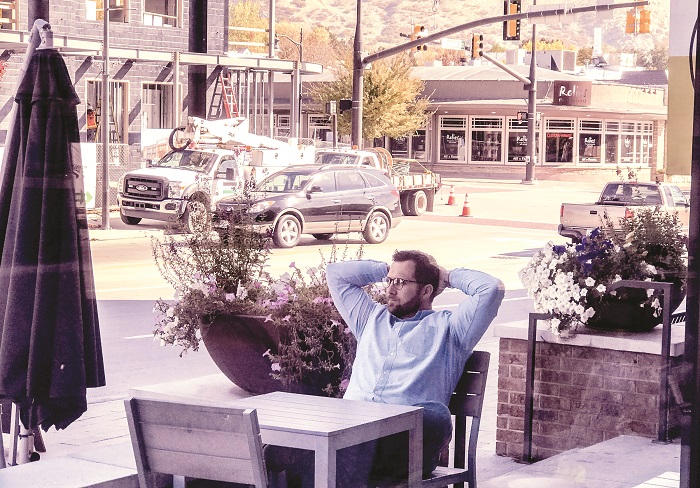
The cord cutters are out in force, and cable TV giants such as Comcast, Time Warner, CNN, and ESPN are reeling to form a defense. According to TechCrunch, 56.6 million US consumers are going without pay-TV this year; and that’s up 32.2 percent over last year.
But how do cord cutters watch live TV without cable?
Lack of Autonomy Challenge
Matt Wunderli is unable to watch the London Saracens rugby team play live online. Without the cord (premium cable), Wunderli simply can’t view live broadcasts, which is why he’s building a solution that will provide universal access to live content without a subscription to cable.
In Wunderli’s view, live events constitute the main reason broadcast TV is still afloat. He explained, “Live TV isn’t yet universally available digitally, which is why people subscribe to cable television for sports, news, and live events, like the The MTV Music Awards.”
Wunderli proposes a new distribution model “to reach audiences where they live,” he elaborated, “to include video channels at publication houses like the New York Times, Wall Street Journal, Viber, and BBC.com. Wunderli sees a niche business in this lack of autonomy.
About DOVEs and HtPOs
HtPOs are High-Traffic Property Owners, such as online news outlets who have experienced sharp declines in ad revenues despite their numbers of audience ‘eyeballs.’ Digital Online Video Entertainers, or DOVEs, are “essentially content creators with strong followings who want brand control and improved monetization.”
DOVEs in Wunderli’s online video entertainment world include MCNs (multi-channel networks) and groups of content providers who work together to strengthen their revenue streams. “Without collaborating, they’re stuck with YouTube (Google) for revenue. Instead, they could combine their audiences into a single big one,” Wunderli said. “They have great potential, but they’re often left to feed on crumbs.”
HtPOs yearn to solve the gap between monetization and viewer loyalty with video. DOVEs want tighter content control, and direct access to their audiences. Both want better ways to make money.
Time to Adapt
As a business development and digital publications expert, Wunderli says, “We’re past a living room box that dictates what we watch.” Wunderli is a family man who left corporate life after grad school to create his own legacy, but his latest media tech project started in what he calls “an accidental tryst with entrepreneurship.”
Wunderli’s reason for leaving corporate rank and file is close to home. “I can’t avoid paying double for Xfinity and ESPN on my phone,” he said, “and live events play at predetermined times out of my control. Now, it’s about viewer engagement, loyalty and interaction, not just bigger audience.”
“Content providers need to adapt because the rate of adoption is changing,” he says. “Massive disruption is coming in the TV market.” Wunderli, who created stop-motion videos at age 10, now asks, “how do we make digital TV more accessible, convenient, usable, and adaptive to our current situation?”
Halting an Avalanche of Collapsing Ad Revenue
MCNs lose their brand equity and control the moment YouTube changes its search algorithm. MCNs Wunderli has spoken with have seen monthly revenue declines of $300,000 as a result.
Writing for The Atlantic, Derek Thompson reported legacy publications like the New York Times are slowly being forced back into business models from the 1830s. Wunderli’s digital TV stand aims to halt this “accelerating avalanche” of collapsing ad revenue.
Wunderli’s digital TV bazaar will provide a way for creators and publishers to “deliver content to audiences where they live,” he said. “Simplicity of adoption is key. We want to provide an easy DIY publisher mechanism to create stand-alone TV networks of their own.”
Quoting Sorenson Media CEO, Marcus Liassides, Wunderli added, “you can’t disrupt TV overnight—it has to be disrupted in pockets.”
“We’re developing improved monetization schema and robust analytics, coupled with a new distribution method, and a business model to create the first entertainment video bazaar,” Wunderli said. “This will power better experience for digital property owners and video creators.”





